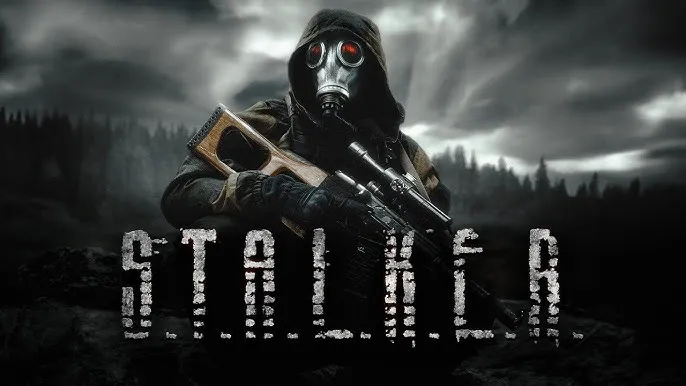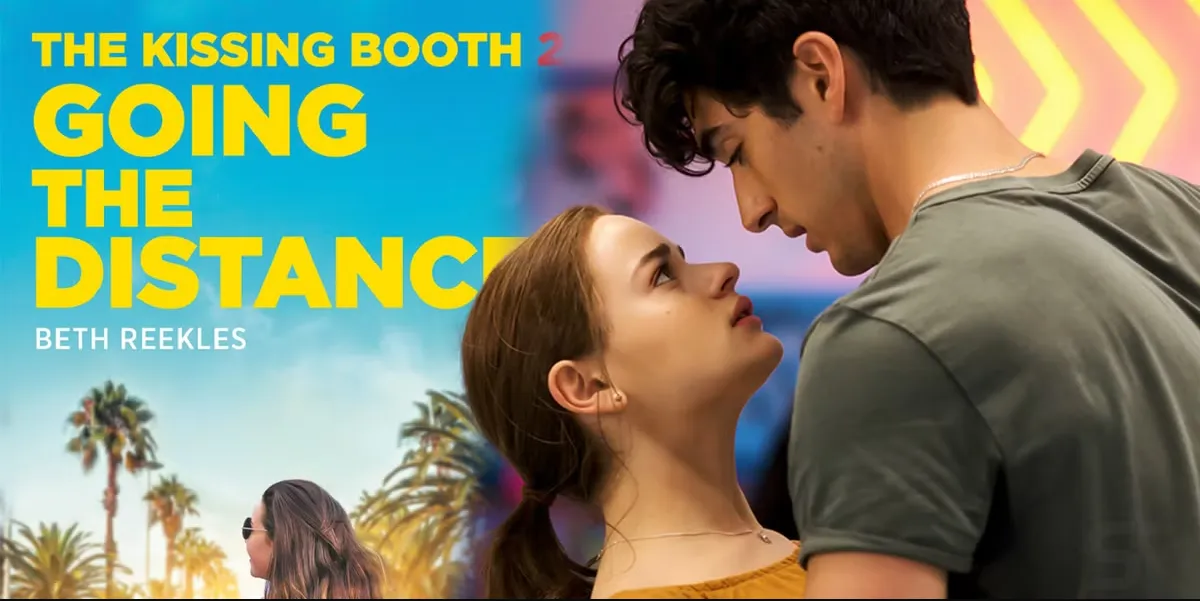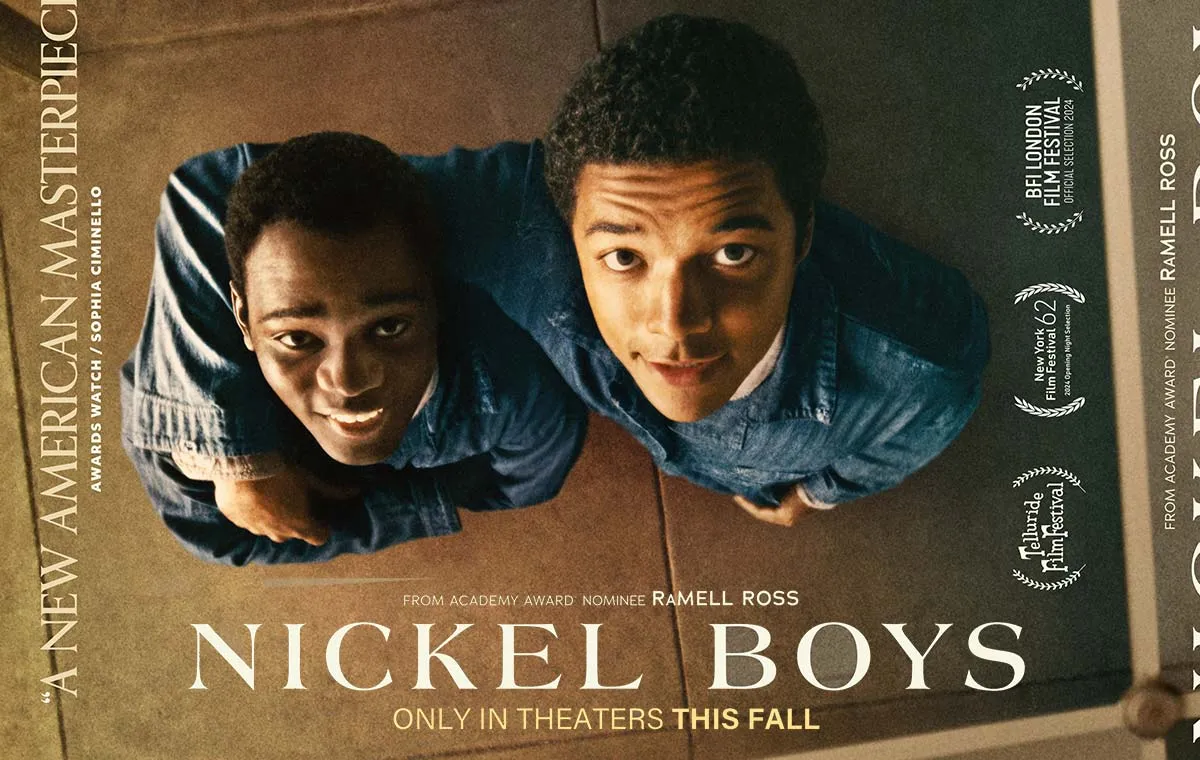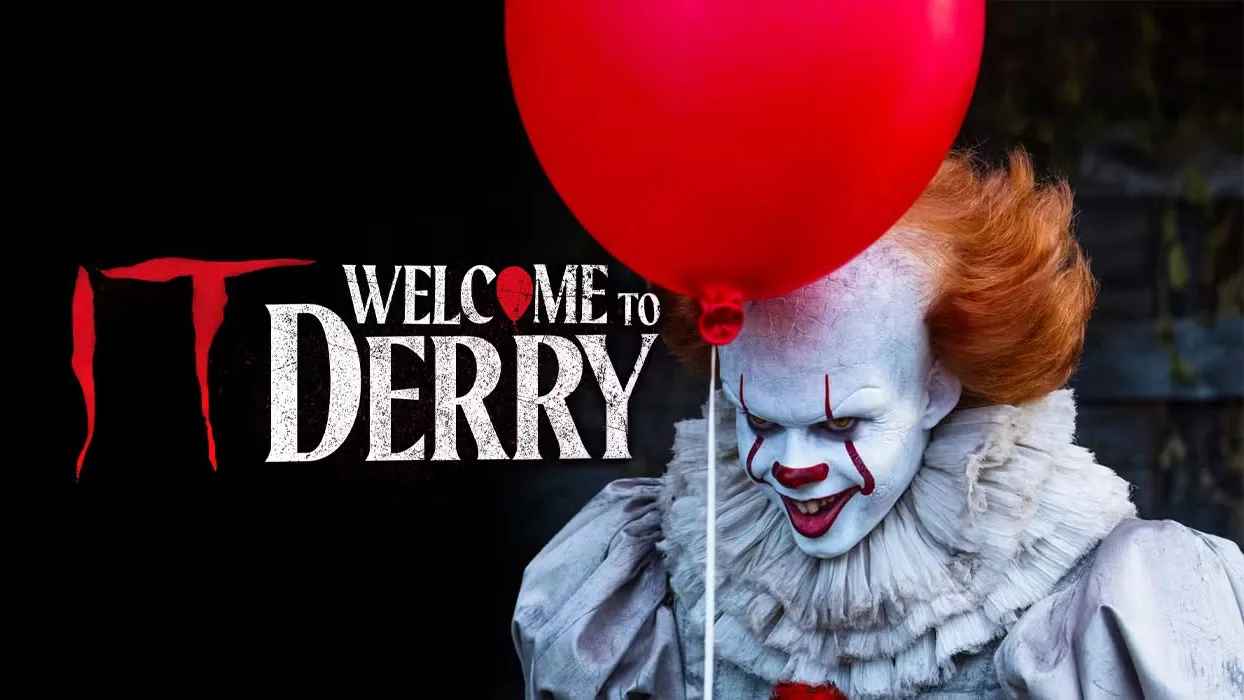Grief will guide you—but not always to safety
Don’t Look Now, directed by Nicolas Roeg and based on Daphne du Maurier’s short story, is one of the most haunting, elegant, and psychologically disturbing films in cinema history. Released in 1973, it stars Donald Sutherland and Julie Christie as John and Laura Baxter, a married couple who travel to Venice after the tragic drowning of their young daughter. There, amid the labyrinthine canals and decaying beauty of the city, they attempt to recover—but something strange begins to follow them.
This isn’t a ghost story in the traditional sense. It’s a grief story, cloaked in horror. Venice becomes a mirror of the couple’s fractured emotional state: cold, confusing, and full of signs that refuse to make sense. When Laura meets a pair of elderly sisters—one of whom claims to be psychic and insists she’s seen their dead daughter—an unsettling spiritual undercurrent begins to ripple through the narrative. John, ever the rational skeptic, dismisses it—until he begins to catch glimpses of a small figure in a red coat darting through the alleys, eerily reminiscent of their lost child.

The film is a masterclass in editing and visual storytelling. Roeg’s disjointed, non-linear style mimics the way grief distorts time and memory. Nothing is ever quite linear, nothing resolved. The famous love scene between Sutherland and Christie—groundbreaking for its rawness and realism—is intercut with them dressing afterward, reinforcing the idea that love and loss are permanently entwined. Every cut, every lingering shot of water, statues, and shadows contributes to a creeping sense of dread that intensifies with each moment.
Donald Sutherland delivers one of his most vulnerable performances, portraying a man grappling with guilt, denial, and an unshakeable sense of foreboding. Julie Christie matches him beat for beat, embodying a woman caught between hope and despair. Their chemistry, subdued yet emotionally charged, forms the core of a film that never spells things out, but demands you feel every beat.
![Trailer [OV]](https://m.media-amazon.com/images/M/MV5BNzUyNWFkYTEtODQ5Yi00ODRiLWFmNWQtZjVkZGU5MzdmMWVkXkEyXkFqcGdeQXRyYW5zY29kZS13b3JrZmxvdw@@._V1_.jpg)
The final act delivers one of the most shocking endings in horror cinema—not because it relies on gore or jump scares, but because it reveals how tightly trauma can blind us to what’s right in front of us. Don’t Look Now doesn’t just frighten; it lingers. It suggests that the dead never truly leave us—and worse, that our desperate search for meaning might lead us somewhere we were never meant to go.



